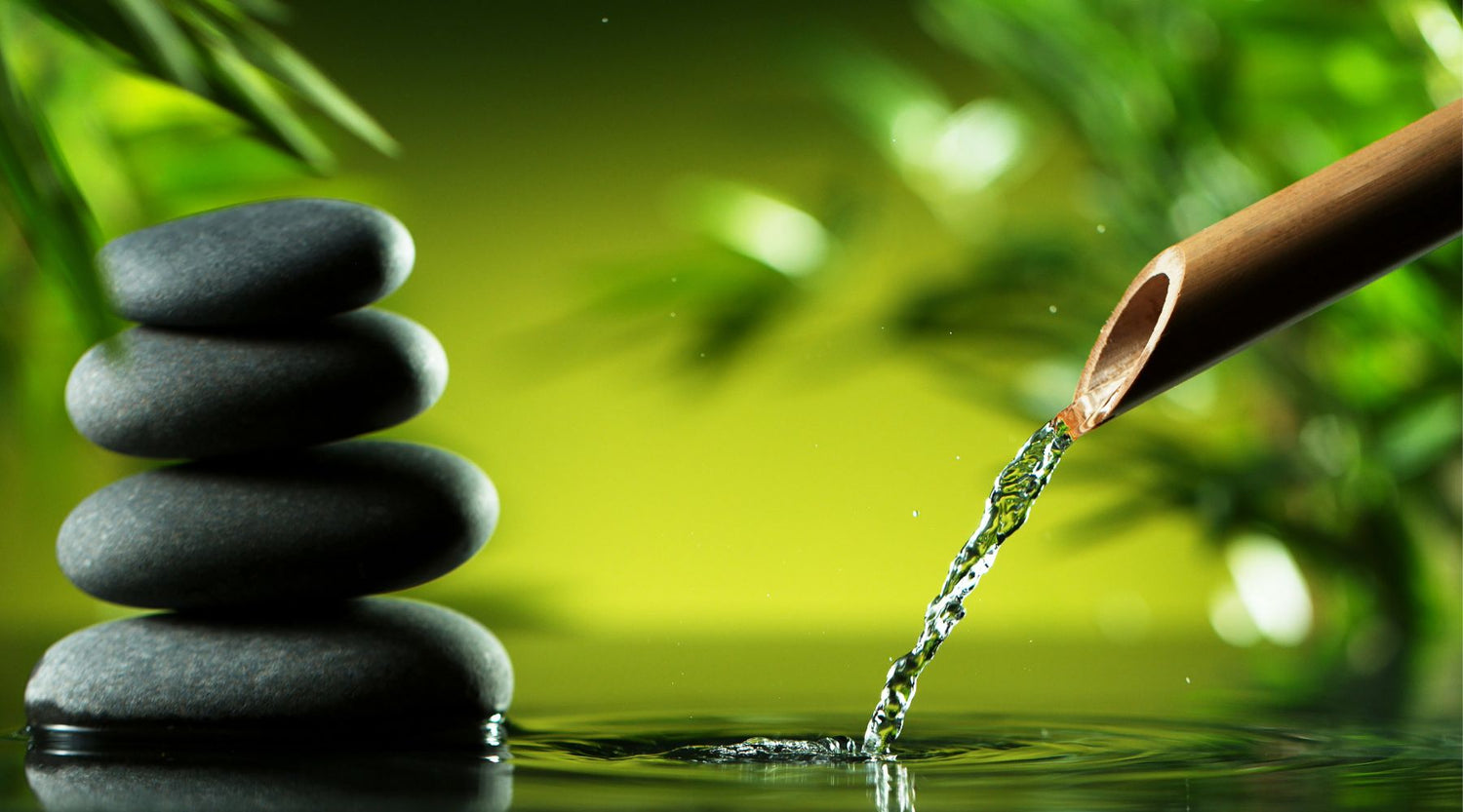Rest is essential for our overall well-being and productivity. However, rest is not limited to just getting a good night's sleep or taking a vacation. According to Dr. Saundra Dalton-Smith, there are seven different types of rest that we need to feel fully alive and rejuvenated. In her book, "Sacred Rest: Recover Your Life, Renew Your Energy, Restore Your Sanity," Dr. Dalton-Smith explains these seven types of rest and how they contribute to our overall well-being. Let's explore each type of rest in detail:
1. Physical Rest
Physical rest encompasses both active and passive components. Passive physical rest includes activities like sleeping and napping, while active physical rest involves practices such as yoga, stretching, using a foam roller, getting a massage, and ensuring ergonomic workstations. Signs of an active physical rest deficit may include body aches, pain, swelling in the legs and feet, and back spasms.
2. Mental Rest
Mental rest refers to the ability to quiet the mind and find respite from constant mental activity. A deficit in mental rest can manifest as racing thoughts, difficulty falling asleep due to an overactive mind, poor concentration, and memory issues. Achieving mental rest involves finding ways to calm the mind, such as practicing mindfulness, meditation, or engaging in activities that promote relaxation and mental clarity.
3. Social Rest
Social rest involves spending time with life-giving people who contribute positively to our lives. Many of us spend a significant amount of time with individuals who drain our social energy, such as demanding coworkers, family members, or clients. Signs of a social rest deficit include feeling constantly depleted and lacking time for oneself. To replenish social rest, it is important to cultivate relationships with people who bring joy and positivity, where there is a mutual exchange of support and understanding.
4. Spiritual Rest
Spiritual rest is deeply personal and varies based on individual belief systems. It involves finding meaning, purpose, and a sense of belonging. A deficit in spiritual rest can lead to a feeling of disconnectedness and a lack of fulfillment in one's work or personal life. Cultivating spiritual rest may involve engaging in activities that align with one's values, connecting with a supportive community, or exploring practices that promote a sense of purpose and contribution.
5. Sensory Rest
Sensory rest refers to finding respite from the constant sensory input we experience in our daily lives. This includes sounds, lights, notifications, and other stimuli that can overwhelm our senses. A deficit in sensory rest can lead to irritability, agitation, and a decreased ability to focus. Creating moments of sensory rest involves minimizing sensory overload by reducing exposure to excessive stimuli, creating calm and peaceful environments, and engaging in activities that promote relaxation and tranquility.
6. Emotional Rest
Emotional rest involves creating space for authentic expression of emotions and releasing emotional labor. Many individuals carry emotional burdens without sharing their feelings, which can lead to emotional exhaustion. Signs of an emotional rest deficit include constantly suppressing emotions and feeling the need to keep up a facade. To replenish emotional rest, it is important to create safe spaces for emotional expression, seek support from trusted individuals, and engage in activities that promote emotional well-being.
7. Creative Rest
Creative rest involves appreciating and engaging with beauty in various forms, including nature, art, music, and dance. It is about allowing ourselves to be inspired and rejuvenated by creativity. A deficit in creative rest can manifest as a lack of innovation, difficulty problem-solving, and feeling mentally stuck. Nurturing creative rest involves seeking out sources of inspiration, engaging in creative activities, and giving ourselves permission to explore and appreciate beauty.
By understanding and addressing our specific rest deficits, we can develop strategies to replenish and restore our energy in each area. It is important to note that everyone's rest needs may vary, and it is essential to prioritize self-care and listen to our bodies and minds.
To learn more about the seven types of rest and how to incorporate them into your life, we recommend reading Dr. Saundra Dalton-Smith's book, "Sacred Rest: Recover Your Life, Renew Your Energy, Restore Your Sanity."
Note: The information provided in this blog post is based on the insights shared by Dr. Saundra Dalton-Smith in her book and does not constitute medical advice. It is always recommended to consult with a healthcare professional for personalized guidance and support.




Leave a comment
This site is protected by hCaptcha and the hCaptcha Privacy Policy and Terms of Service apply.